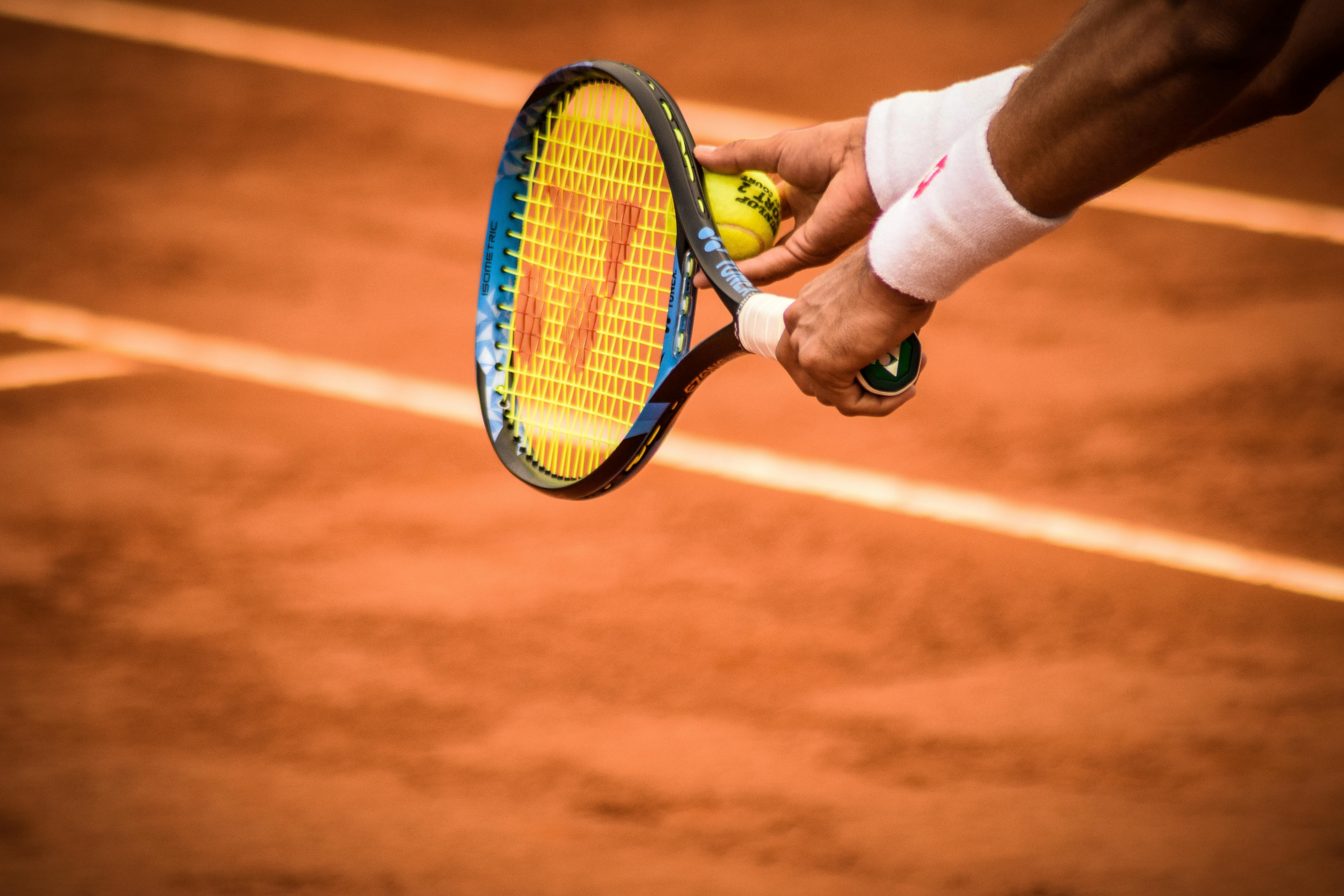The Future of Sports Equipment Design is Here
In today's competitive sports landscape, the difference between good and exceptional performance lies in the intelligent design of sports equipment. Behind every breakthrough innovation and performance enhancement lies sophisticated AI technology that transforms athlete biomechanics data into revolutionary equipment designs, personalized gear specifications, and optimized performance solutions that give athletes the competitive edge they need.
This playbook explores the top 5 AI-powered innovations in sports equipment design, revealing how technology is reshaping how we create, customize, and optimize athletic gear across all sports disciplines.
Improvement in equipment performance optimization
Faster equipment development cycles with AI design
Reduction in equipment development costs through AI optimization
Ready to revolutionize your equipment design?
Discover how AI-powered design solutions can help your organization create superior athletic equipment, reduce development costs, and deliver performance-enhancing gear to athletes.
Schedule a DemoKey Takeaways
- AI delivers biomechanical insights that enhance equipment design
- Automated testing systems optimize material selection
- Personalized equipment customization drives performance gains
- AI-generated prototypes accelerate development cycles
- Predictive analytics prevent equipment failure
1. AI-Powered Biomechanical Analysis for Equipment Design
AI transforms sports equipment design by analyzing athlete biomechanics, movement patterns, and performance data to create gear that perfectly matches individual body mechanics, playing styles, and performance requirements.
Key Takeaway
AI moves beyond traditional design approaches to deliver biomechanically-optimized equipment, analyzing everything from joint angles to force distribution, enabling truly personalized gear that enhances athletic performance and reduces injury risk.
Traditional vs. AI-Enhanced Equipment Design
| Traditional Design | AI-Enhanced Design |
|---|---|
| Old Method: One-size-fits-all approach based on generic measurements. | AI Method: Individual biomechanical analysis with personalized specifications and optimization. |
| Design: Limited to standard sizes and basic performance metrics. | Design: Deep analysis including movement patterns, force vectors, and performance optimization. |
Pro Tip
Use AI-generated insights to create commentary moments that are so insightful they're impossible for viewers to ignore. Deliver context that transforms ordinary plays into extraordinary stories.
2. AI-Driven Material Selection and Optimization
How do you select the perfect materials for maximum performance? AI can now analyze thousands of material combinations, predict performance outcomes, and optimize material selection for specific sports applications, creating equipment that's lighter, stronger, and more responsive.
Material Selection Systems
| Selection Method | What it Optimizes | Performance Impact |
|---|---|---|
| Traditional Selection | Limited to standard materials and basic properties. | Moderate |
| AI Material Optimization | Advanced composites with optimized weight, strength, and flexibility ratios. | Maximum Performance |
Pro Tip
Use AI camera systems to create dynamic replays and highlight packages that are automatically generated based on game significance and viewer engagement patterns.
3. AI-Generated Equipment Prototyping and Testing
Equipment prototyping is no longer limited to physical iterations; AI enables virtual testing of thousands of design variations before creating a single physical prototype. This accelerates development cycles and ensures optimal performance before manufacturing.
Virtual Prototyping Process
Scenario: Designing a new tennis racket for enhanced spin control.
AI Action: The system generates 10,000+ virtual prototypes, testing string patterns, frame geometries, and weight distributions against performance simulations.
The Result: "Engineers identify the optimal design that increases spin rate by 23% while maintaining power, reducing development time from months to weeks."
4. AI-Powered Equipment Customization and Personalization
Sports equipment used to be mass-produced with limited customization options. AI now creates personalized equipment based on individual athlete measurements, playing styles, and performance data, ensuring every piece of gear is perfectly tailored.
Customization Impact Metrics
Performance Boost
Average performance improvement with personalized equipment
Customization Options
More design variations possible vs. standard equipment
Key Insight: Manufacturers implementing AI customization report 67% higher athlete satisfaction and 45% reduction in return rates, with athletes experiencing 2.8x better performance compared to standard equipment.
5. AI-Powered Predictive Equipment Maintenance and Optimization
AI doesn't just design equipment—it predicts performance degradation and optimizes maintenance schedules. By analyzing usage patterns and performance data, AI can forecast when equipment needs adjustment or replacement before performance drops.
Predictive Equipment Management
Performance Monitoring
AI tracks equipment performance metrics and usage patterns continuously.
AI Predicts
It flags potential performance issues and optimal maintenance timing.
Optimization Alerts
The system provides recommendations for equipment adjustments and upgrades.
The Future is Equipment-Intelligent
The era of generic sports equipment is over. Thanks to AI, every piece of athletic gear—from running shoes to tennis rackets—is now intelligently designed for individual athletes. Equipment manufacturers that embrace this technology will not only deliver superior performance but also create more satisfied and successful athletes. For designers and engineers, AI offers the tools and insights to create equipment that truly enhances human performance. The future of sports equipment is not just about what athletes use, but about how intelligently we use technology to optimize every aspect of athletic performance.
Key Takeaways for Implementation
Start with Biomechanics
Begin with athlete movement analysis for your first AI equipment design
Test Performance Metrics
Measure athlete performance improvements from day one
Collaborate with Athletes
Include athletes and coaches in the design feedback process
Scale Gradually
Expand to new equipment categories as you validate performance gains
Ready to Transform Your Sports Business with AI?
Implementing AI in your sports marketing strategy doesn't have to be overwhelming. Our team of experts is here to help you identify the right opportunities and implement solutions that deliver real results.
Your information is secure. We'll never share your details.


